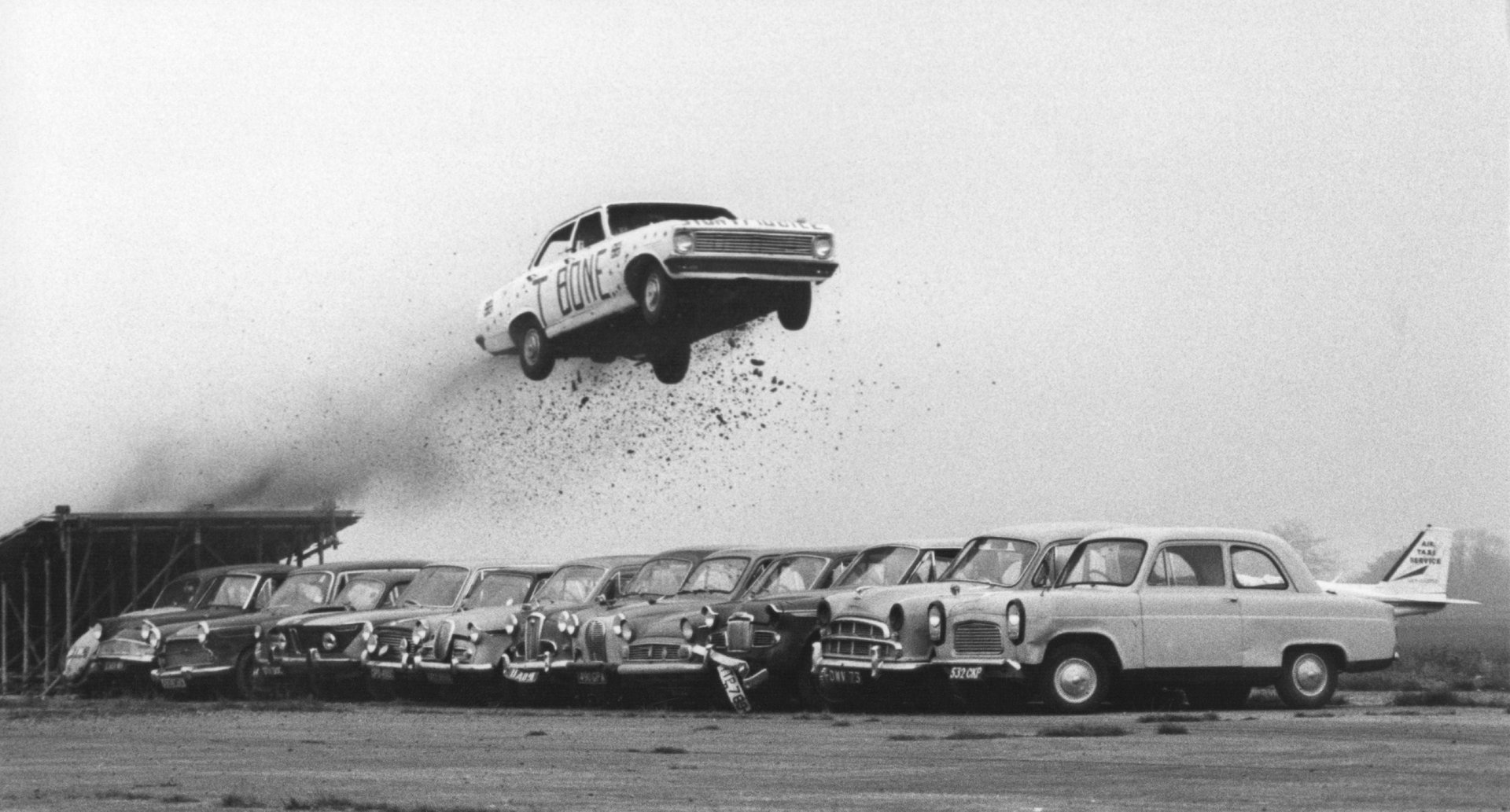Car sounds: Honk honk, beep beep
Disturbing the sound of silence
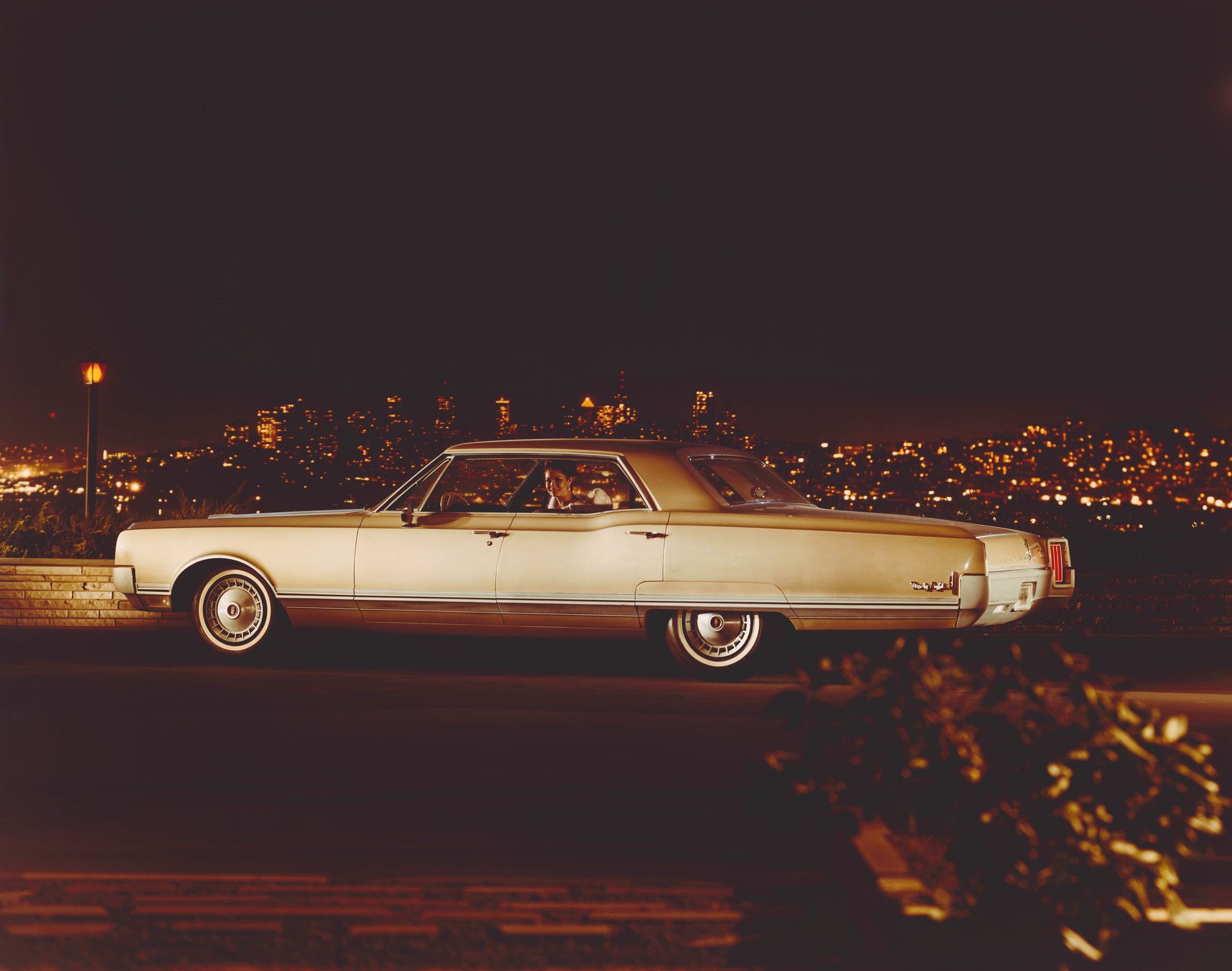
Disturbing the sound of silence
Suggested Reading
Electric vehicles (EVs) are a blank canvas for sound design. Quieter than their combustion engine cousins, sound can be mapped onto an EV to convey speed, responsiveness, texture, and even a sense of futuristic luxury.
Related Content
In recent years, symphonic composers and Eurodisco pop stars alike have been hired to create “sonic identities” for EVs. But skeuomorphic car sounds, or those that imitate a traditional engine, are not of much interest to these designers. Instead, they are creating new sonic experiences, from spectral humming to smooth whirring, to both enhance the sensory experience of electromobility and lend EVs a distinct signature.
EV sound design is not just about aesthetics—it’s also about safety. New regulations passed by the UN, and in countries around the globe, now require EVs and hybrid EVs to produce a minimum level of sound to protect pedestrians, particularly those visually impaired, who face higher risk of collision with silent vehicles.
As global EV sales continue to climb and local and national governments incentivize their purchase to lower carbon emissions, EV acoustics will not just be about individual experience of driving, but will shape the sound of our urban landscapes. Listen close, because things are about to get less noisy and more musical.
Let’s drive ahead and hear what that future might sound like.
By the decibels
10 dB: The level of sound a person makes while breathing.
43 dB: Mandated minimum level of noise that an EV must emit, according to the US National Highway Traffic Safety Administration, when driving less than 18.6 mph.
56 dB: Mandated minimum level of noise that an EV must emit, according to the EU Regulation on the Sound Level of Motor Vehicles, when driving less than 20 kph (12.4 mph).
60 dB: Average level of background noise in an urban setting, or the level of noise in a normal conversation.
82 dB: The legal noise limit on a standard combustion engine car, according to the UN Economic Commission for Europe.
105 dB: The level of noise a Dodge Challenger Hellcat’s V8 engine makes, one of the loudest cars ever tested.
120 dB: The level of noise at a (raucous) rock concert.
Make some noise!
For over a decade, the World Blind and European Blind Unions called for a mandatory sound alert system on all quiet vehicles. Their advocacy paid off in 2014, when the EU passed legislation (pdf) requiring all EVs to implement an Acoustic Vehicle Alert System or “AVAS,” also known as a Pedestrian Warning System or “PWS,” by 2019. The UN followed up on their own regulations in 2016. National-level AVAS laws have since been passed in the US, UK, Japan, and many other countries.
An AVAS generates artificial driving noises to alert pedestrians, cyclists, and “VRUs,” or “vulnerable road users,” that a car is nearby. These systems, which can project sound from the front and rear of the car, draw upon the human ability to perceive distance, direction, and acceleration through sound.
The new AVAS mandates are taking designers in some interesting directions.
⏱️ Yuri Suzuki, a Japanese designer and musician, has created EV sounds that adapt to a car’s location and speed, as well as the time of day.
🎭 Academy Award-winning composer Hans Zimmer and sound artist Renzo Vitale together created BMW IconicSounds Electric, a collection of “soundscapes” for their EV line-up that can be changed to reflect different moods.
🎶 Acoustics for the Nissan Leaf, designed by Man Made Music, are tailored to suit national variation in what “quality” sounds like, with cars sold in Europe producing lower frequency sounds, and cars in Japan, higher frequency.
🥁 Composer Leslie Mandoki, former drummer for the Eurodisco band Dschinghis Khan, helped to develop the “confident and likable” hum for the Volkswagen ID 3…
🛸 …while the 2020 Karma Revero GT has been blasted for sounding like a leaf blower or a “flying saucer that’s been pummeled by asteroids.”
Quotable
“Just like a perfume, it unfolds…The alert has a base note, a middle note, and a top note. These layers are amalgamated together to bring out a cohesive organic sound, or a futuristic sound, based on what kind of brand we are focussing on.”
—Jigar Kapadia, creative-sound director at General Motors in an interview with The New Yorker
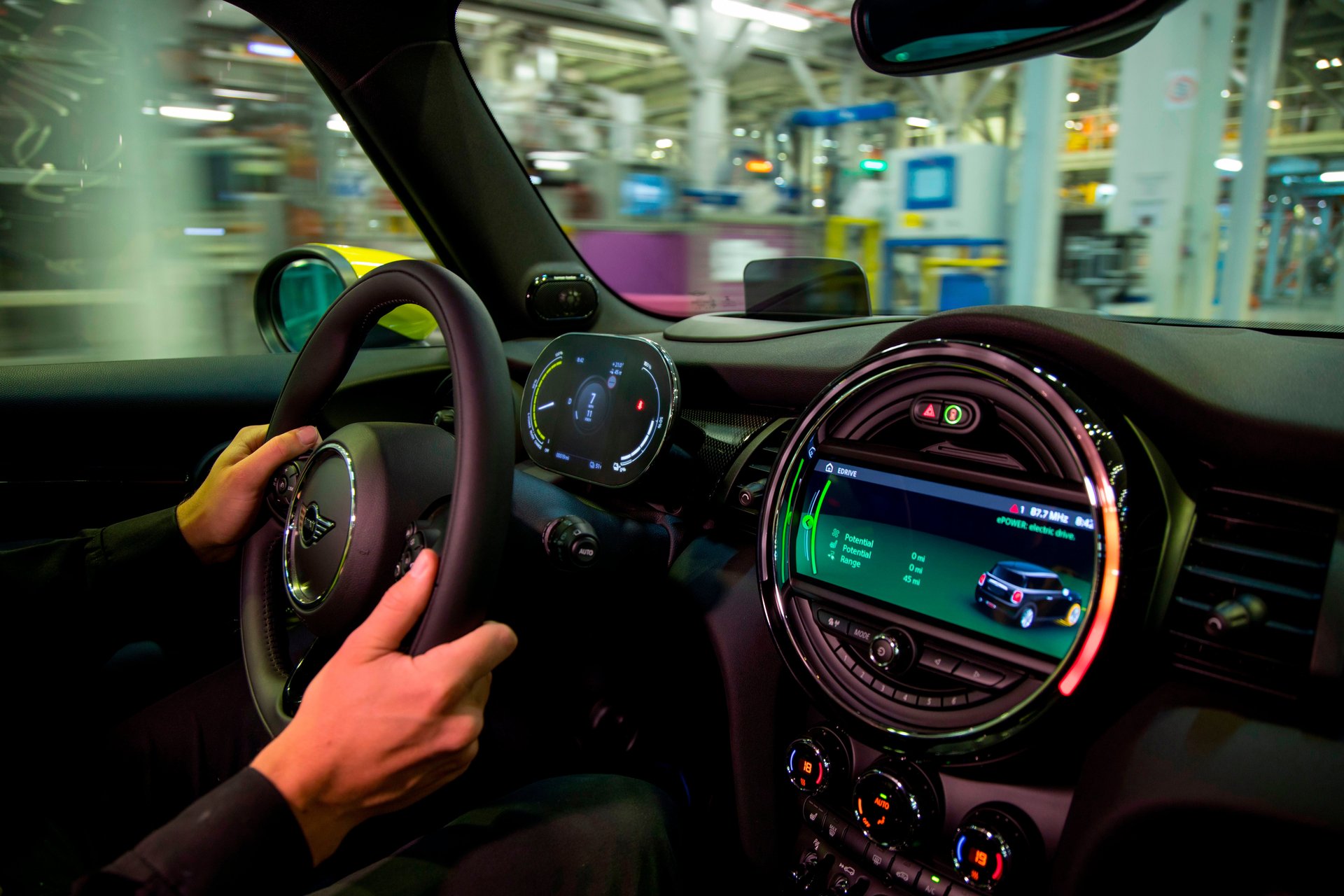
Pop quiz
A. The shape of a hyperbola
B. The curvature of a bird’s wing
C. Gregorian chanting
D. Earthquake rumblings
Find the answer below!
Brief history
1794: Robert Street patents the internal combustion engine in England.
1834: Thomas Davenport creates the first battery-powered electric motor, though they are not used commercially for another half century.
1887: Nikola Tesla files patents for an AC induction motor, which is not yet suitable for cars but will be used in vehicles about a century later.
1908: Miller Reese Hutchison invents the Klaxon horn which makes the classic “aoogah!” sound.
1921: Bosch, a leading car horn manufacturer, is founded and begins producing three kinds of horns still in use today: disc horns, fanfare horns, and compressor trumpets.
1930s: Electric horns start becoming more popular than Klaxon horns.
1968: The Plymouth Road Runner has a specially-designed horn that sounds like the cartoonish “beep beep.”
1977: The American radio show “Car Talk” launches, hosted by “Click and Clack the Tappet brothers” (Tom and Ray Magliozzi), to help callers diagnose car sounds gone wrong.
1997: The Toyota Prius, one of the first widely manufactured hybrid vehicles, hits the market.
2008: Tesla Motors releases its first car, the Roadster, which is completely electric.
2014: The EU passes regulation No 540/2014 on mandatory AVAS systems for hybrid and electric vehicles.
2016: The UN World Forum for Harmonization of Vehicle Regulations adopts a rule requiring AVAS be installed in all hybrid and electric vehicles.
Fun fact!
In 2018, Tesla created a car add-on called the “Emissions Testing Mode” that, once installed, could make the turn-signal sound like a fart. There were six flatulent options to tickle the fancies of would-be tooters. But alas, in 2022, much to the dismay of Elon Musk, US auto regulators ruled that EV owners cannot customize their alert sounds. (Teslas can still emit gaseous sounds—but no gas—while parked.)

Step aside, Fred Flintstone
Innovative ideas in the realm of car acoustics abound, but some car ideas can fall flat. The Ford Focus Group sketch from “I Think You Should Leave with Tim Robinson” on Netflix gave rise to the “You Have No Good Car Ideas” meme. Take a look at why some creative suggestions are best left to the experts.
And speaking of innovation and experts, Quartz has an upcoming event on the topic of workplace technology that all are welcome to attend! Join our virtual panel on Friday, Sept. 30 from 5-6 pm BST / 12-1 pm EDT as we dig into the tech tools needed to move businesses forward.
RSVP to make sure you don’t miss out on this special Quartz event!
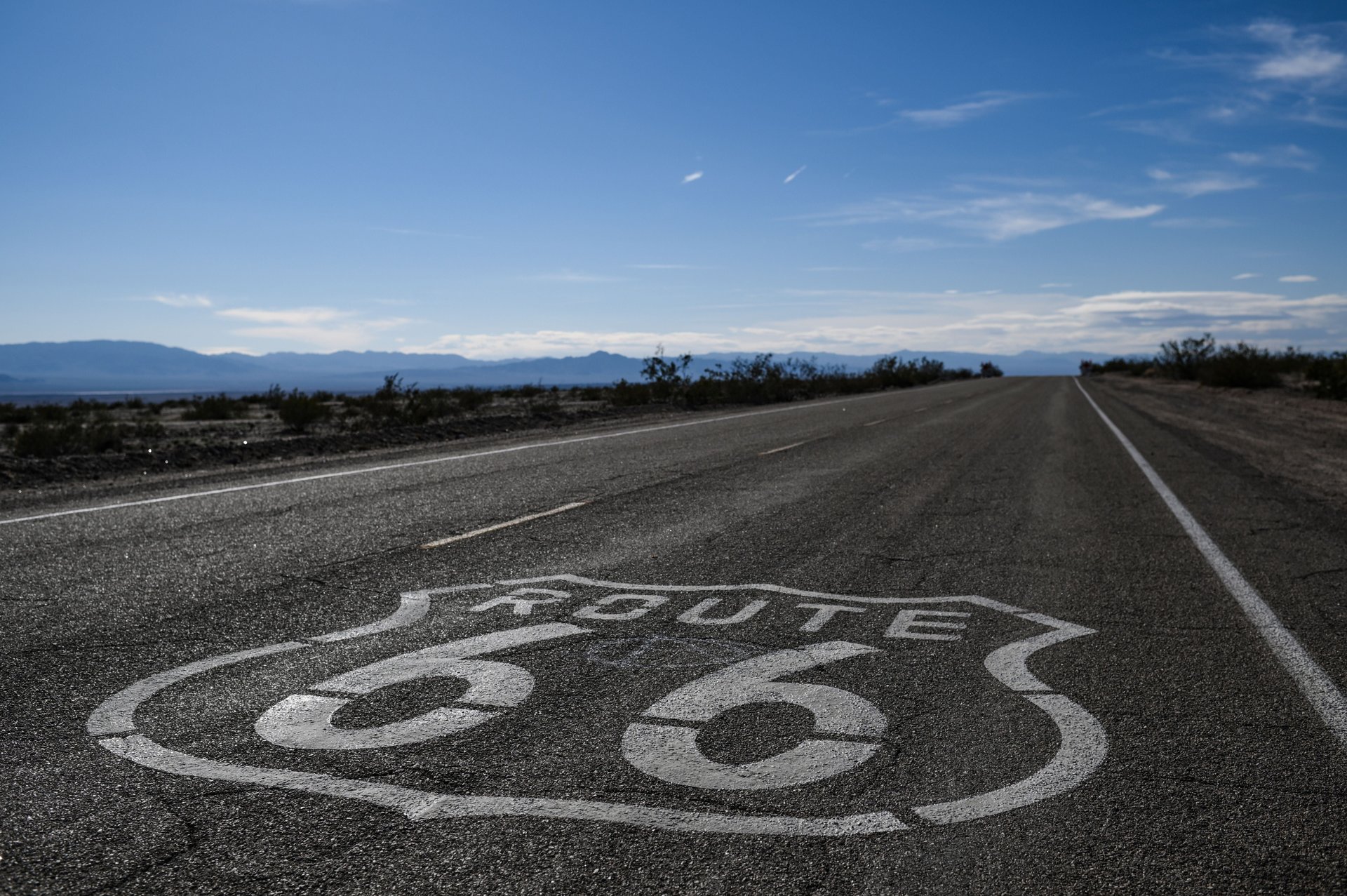
Take me down this 🐰 hole!
In 1995, two Danish artists, Steen Krarup Jensen and Jakob Freud-Magnus, created the first “musical road” in Gylling, Denmark. Called the “Asphaltophone,” it was designed to play a four-note arpeggio when cars drove over a series of raised dots, similar to pavement markers, spaced out at different intervals over the asphalt.
Today, musical highways, also called melody roads, exist in countries around the world, from the US to China, Indonesia to Iran. They draw upon the same concept as the initial asphaltophone art installation, using pieces of steel embedded into the asphalt to produce musical notes. Creating complex musical compositions requires careful engineering—closer-placed bars produce higher frequencies, while farther-spaced bars pitch notes lower. The interaction between the tire and pavement is similar to that of a phonograph stylus and a record, with the former traversing the latter’s surface to produce audible vibrations.
Some singing roads have been made as an homage to famous musicians, such as Hungary’s Road 67 which commemorates László “Cipő” Bódi, former lead singer of the rock band Republic. South Korea’s singing road in Gyeonggi province was built with a practical use in mind, playing a section of “Mary Had a Little Lamb” to keep drivers alert. Japan, which has 35 singing roads, plus a tunnel, has one stretch on Mount Fuji that plays the 1963 pop song, “Miagete goran yoru no hoshi wo” or “Look up at the stars in the night” by Kyu Sakamoto.
Sometimes, musical roads get a little off key. Such is the case with a stretch of road on the famous Route 66 in New Mexico, US, which plays a section of “America the Beautiful.” Though the highway lacks perfect pitch, it only plays if you drive at exactly 45 mph, encouraging drivers to stick to the speed limit.
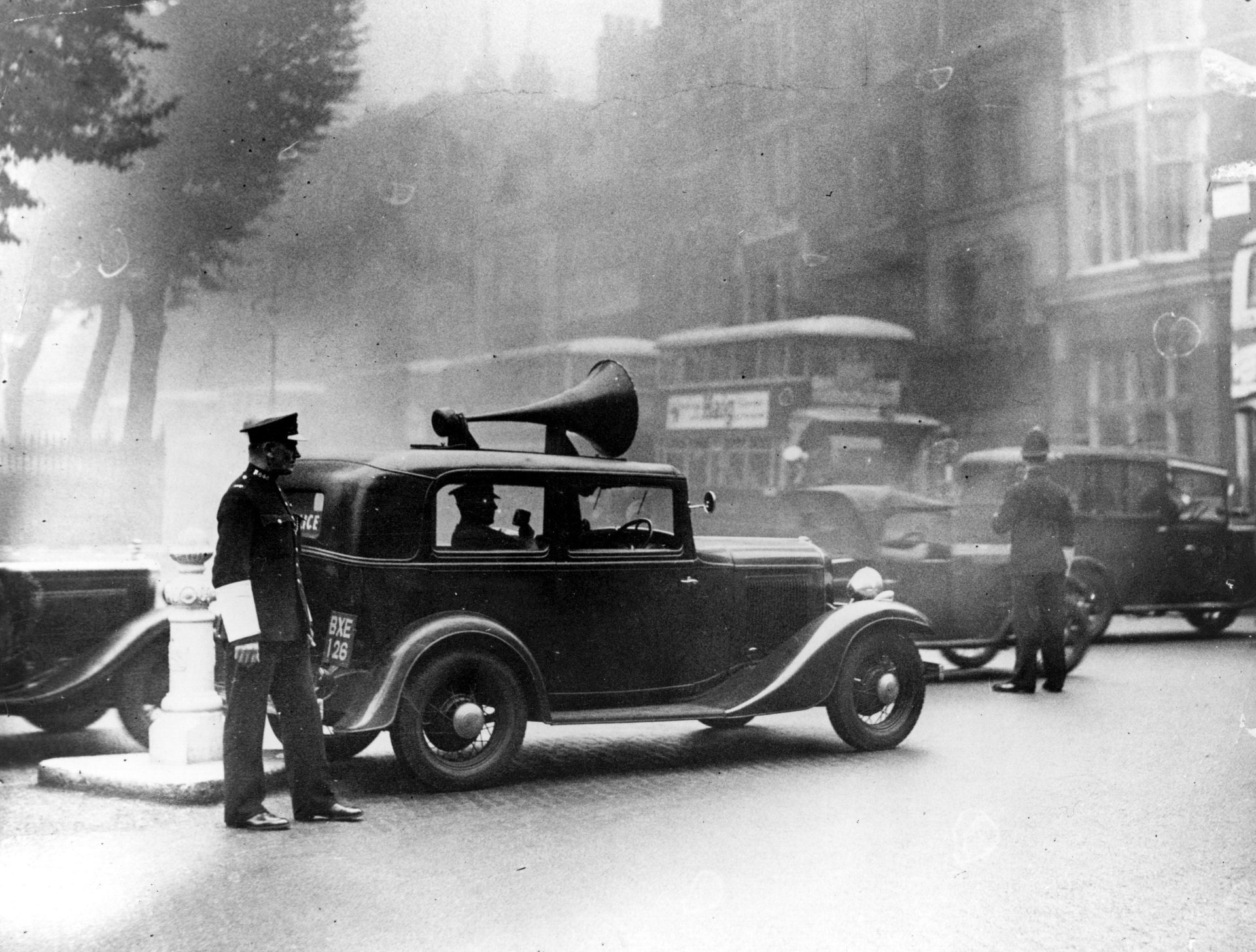
Poll
If you were a sound designer, what noise would your EV make? Sound off your answer!
💬 Let’s talk!
In last week’s poll about low-background metal, more than 80% of you said you wouldn’t hesitate to melt ancient lead to build a time machine. A decisive crowd, we love it!
Today’s email was written by Julia Malleck (wants a Gregorian chant-mobile), and edited and produced by Morgan Haefner (wants a steering wheel that doesn’t fly out of the window while I’m driving).
The correct answer to the pop quiz is A., the shape of a hyperbola. The BMW team was especially inspired by glasswork sculptures made by Olafur Eliasson Wirbelwerk.
